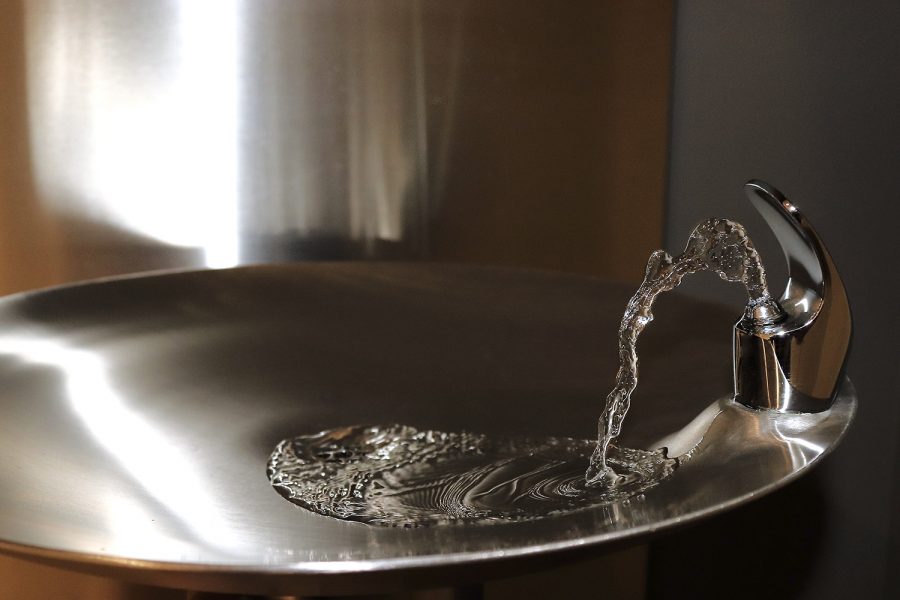Water safety in buildings checked before opening campus
UI Facilities Management will be testing water in the newer buildings on campus after COVID-19 left buildings on campus vacant.
Photo Illustration by Abigail McDaniel.
August 27, 2020
After COVID-19 required classes to switch online and students to leave campus in March, the University of Iowa Facilities Management team’s job increased in difficulty, as buildings once full of students were left completely empty, leaving facilities left unused.
The Centers for Disease Control and Prevention said in their guidelines for water management that buildings left unoccupied can result in serious health concerns if the water in the pipes remains unflowing.
Stagnant water can collect harmful bacteria, such as mold and legionella, and toxins as the oxygen dissolves, according to the CDC. Facilities Management employees said the team worked diligently this summer to test and flush the water consistently, so that it would not be an issue in the fall.
“Water safety is a big concern everywhere with low occupancy rates, and water flushing is just one of the many things Facilities Management has done to assure the safety of students on campus,” Interim Director of Utility Operations Ben Fish said. “[We aren’t] required to test the water, but with the water not being used, we knew there could be potential problems.”
When their team was notified that the water in the Voxman Building was slightly blue just a week before classes began, Fish said they began work immediately to test the water for signs of high copper levels.
RELATED: UI water remains filtered, officials say
Fish said water left sitting can result in the blue hue from run off copper, and although Voxman is a newer building, the high copper levels can be a result of the new pipes.
He added that the water is completely safe for students to drink according to standards set by the U.S. Environmental Protection Agency, and the water was back on and flowing in time for classes to begin.
The UI will be testing other buildings to make sure copper levels remain safe, Fish said. Some of these buildings include the Visual Arts building, the Psychological and Brain Sciences building, the Pharmacy building and the newer portion of the Seaman’s Center for the Engineering Arts and Sciences, he said.
“Providing safe drinking water to campus is a top priority for the University of Iowa,” said Wendy Moorehead, Assistant Director of Facilities Management in an email to the Daily Iowan. “The EPA has established drinking water standards and the UI follows these guidelines.”
Assuring safe water levels is just one of the many unseen tasks the University of Iowa has done to prepare before classes start in the midst of the pandemic.
Julie Sychra, the Associate Director for Building Operations and Maintenance, said the University of Iowa spent roughly $500,000 to replace 6,500 filters throughout campus.
She said that one of the main approaches since the spring was to mimic occupancy as much as possible through routine flushing. They also did intensive in-person field assessments of each class room and building, she said.
“We’ve been implementing CDC recommendations,” Sychra said. “…It’s hard because [filter and water management] is not as visible as the social distancing signs around campus…water is the body of life, and we want a safe supply of water for everyone.”







